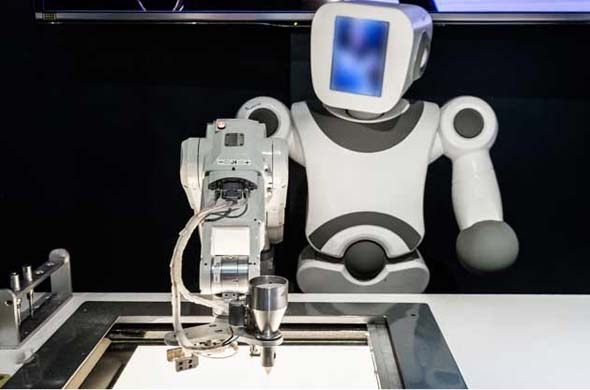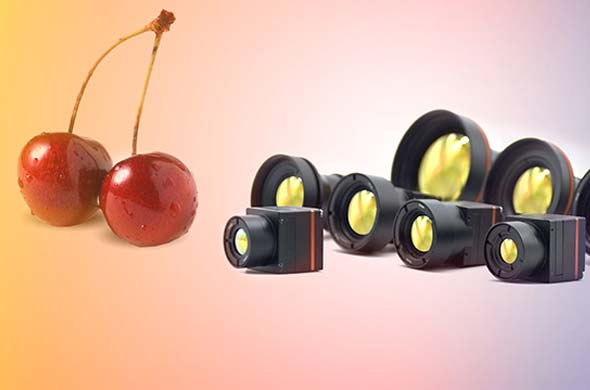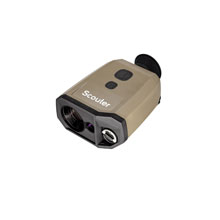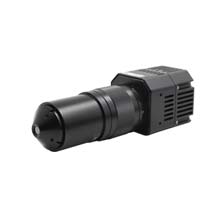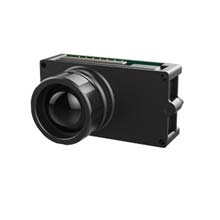How Thermal Cameras Are Revolutionizing Surveillance Systems?
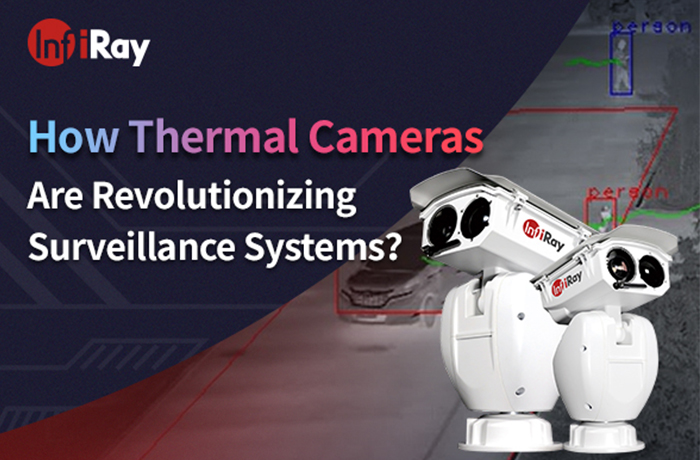
In the realm of surveillance technology, there's a silent revolution happening. The game-changer? Thermal cameras. These high-tech devices are transforming the way we monitor and secure our surroundings. We'll take a closer look at how these cameras are making waves in the world of surveillance in this blog.
What is A Thermal Imaging Camera
Before we delve into their applications and benefits, let's grasp the basics. Thermal cameras operate on the principle of thermal imaging. Unlike conventional cameras that rely on visible light, thermal imaging cameras detect heat emitted by objects and translate it into visible images.
The key components of a thermal imaging camera include the lens, sensor, and image-processing unit. Together, they capture and process thermal radiation, allowing us to see objects, people, or animals based on their heat signatures.
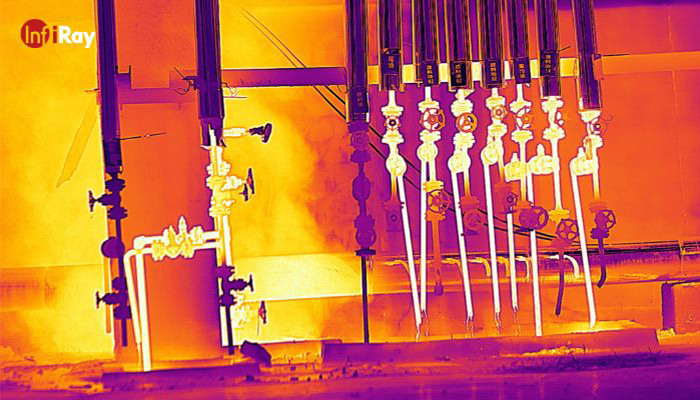
Applications of Thermal Cameras in Surveillance
1. Perimeter Security and Monitoring
Thermal imaging cameras have become indispensable tools for border security agencies worldwide. They can detect human and vehicle movement even in pitch-black conditions. By capturing heat signatures, they help authorities identify potential threats and illegal perimeter crossings.
2. Industrial Security and Asset Protection
Industries are using thermal cameras to safeguard their facilities and assets. Infrared thermal imaging cameras can spot overheating machinery or equipment, preventing costly breakdowns and accidents. They also play a vital role in monitoring critical infrastructure like power plants.
3. Search and Rescue Operations
When lives are at stake, every second counts. Thermal cameras assist search and rescue teams by locating missing persons, whether it's a lost hiker in the wilderness or a survivor trapped in a disaster-stricken area. The ability to detect body heat makes these operations more efficient.
4. Wildlife Monitoring
Researchers and conservationists rely on thermal imaging to study and protect wildlife. These cameras enable them to observe animals' behavior without disturbing them. They're especially useful in tracking nocturnal animals and endangered species.
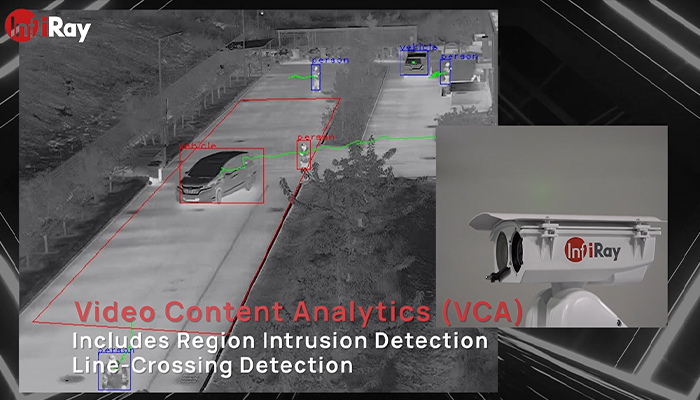
Thermal Imaging Technology Advancements
Over the years, thermal camera technology has evolved significantly. Today, we witness their integration with other surveillance systems, making them even more versatile. What's more, the decreasing cost of thermal imaging has made them accessible to a wider audience.
Benefits of Thermal Cameras
1. Enhanced Visibility in Low-Light Conditions
Traditional surveillance cameras struggle in low-light situations. Thermal cameras, on the other hand, excel in darkness. They detect heat, not light, ensuring clear images even in total darkness.
2. Early Threat Detection and Prevention
With thermal cameras, threats can be spotted early, giving security personnel more time to react. This proactive approach can prevent incidents before they escalate.
3. Reduced False Alarms
Traditional cameras may trigger false alarms due to factors like moving shadows or changing lighting conditions. Thermal imaging cameras are less prone to these issues, reducing false alarms and minimizing response costs.
4. Improved Situational Awareness
Thermal cameras provide a broader perspective. They're not affected by glare or bright lights, making them ideal for monitoring areas with varying lighting conditions.
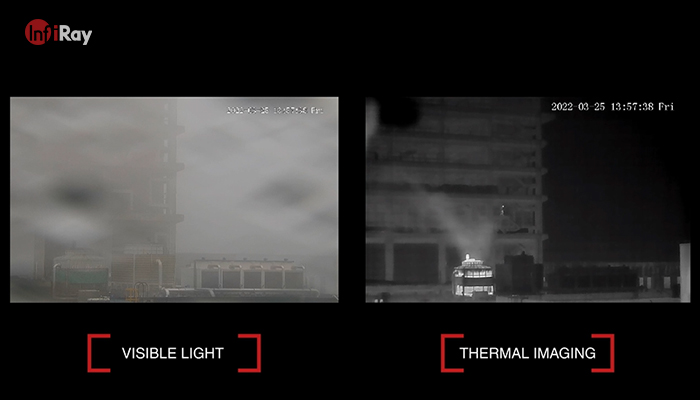
Challenges and Limitations
While thermal imaging cameras offer many advantages, they're not without challenges. Environmental factors such as rain, fog, or extreme temperatures can affect their performance. Maintenance and calibration are essential to ensure accurate readings. Regular checks are necessary to guarantee that the cameras function correctly. Extended Reading: Can Thermal Cameras Be Used in Harsh Environments?
Future Trends in Thermal Surveillance
The future looks promising for thermal surveillance. Integrating artificial intelligence and machine learning will enhance the cameras' capabilities. Miniaturization and portability will make them more versatile and accessible for various applications. Autonomous surveillance systems might even become a reality.
In a world where security is paramount, thermal cameras are leading the charge in revolutionizing surveillance systems. Their ability to see the unseen and detect heat offers a powerful tool for ensuring safety and security in a wide range of scenarios. As technology continues to advance, we can expect even more innovative applications and solutions in the realm of thermal surveillance.

 français
français  Deutsch
Deutsch  Español
Español  italiano
italiano  русский
русский  português
português  العربية
العربية  日本語
日本語  한국어
한국어  magyar
magyar 






